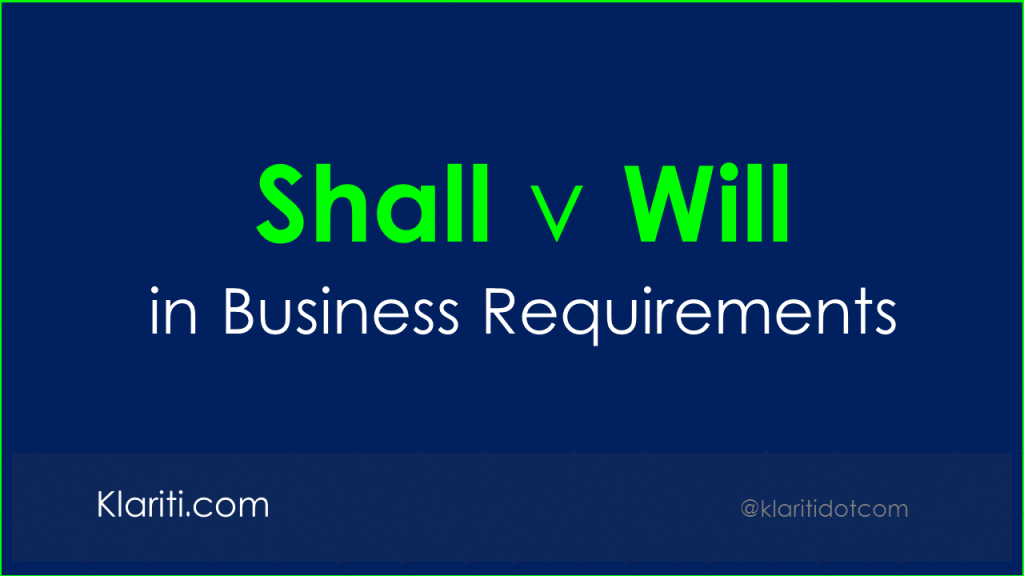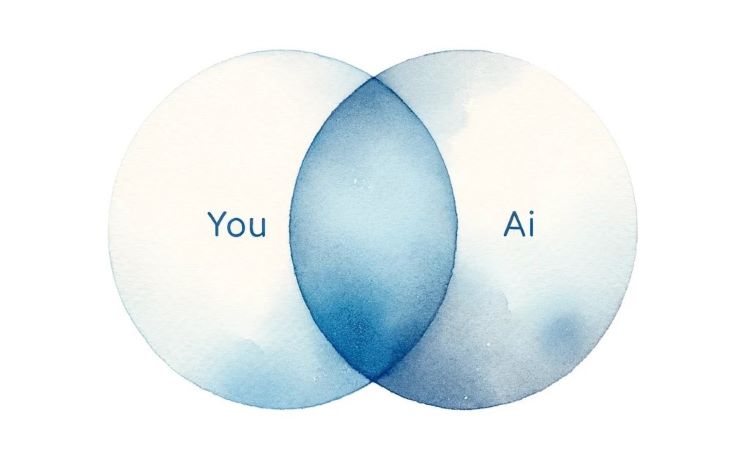If you work as a Business Analyst, you’re probably asking yourself “How can I find some practical ways to use AI for the work I do? Here’s 3 ways to do this.
Tag Archives: Business Writing
Learn how to ensure your that documentation supports the overall objectives of the project or organization, and helps prioritize documentation efforts based on business needs and user requirements.
Here are some guidelines that have helped me, tailored specifically for writing white papers—a format that demands clarity, credibility, and persuasion.
In the following Klariti tutorial, I’ll show you when to use each list type, and give some examples to put things in context.
In the previous tutorial, I showed you how to export a ChatGPT conversion to MS Word. While this is fine in that it saves you time copy and pasting text, I’d like to show you how to improve this workflow. For example, how to save the last three responses with detailed formatting. I mention this […]
I had planned to call this article ‘The Nine-Step Strategy for Writing Summaries That Intrigue Readers’ but had a second look. It’s a bit long. And as this article is about writing headlines, summaries and abstracts, well… Let’s stick to the plan.
“An abstract highlights the key points you want your reader to remember after they’ve read your document.“
In Part 1 on Acquisition Planning, we provided an overview of the plan, identified who benefits, and some writing guidelines.
In Part 2, we’ll now go a little deeper and look at each part of the document.
Non-native English speakers often face significant hurdles when communicating when they move to English speaking countries, such as the US or UK. These challenges can include navigating language nuances, cultural expectations in written communication, and industry-specific jargon.
I’m increasingly using ChatGPT for different writing related tasks. To be clear, I’m not asking it to write original text for me, rather to help with the support tasks, such as research, analysis, proofing, and validation.
This is the first in a series of articles on how to use ChatGPT – Google Gemini and Claude are just as effective – to refine your response to RFPs.
A few weeks ago I wrote that I didn’t like business writing when I started out. Why? Well, it took me several centuries to write very long white papers, data sheets, and other sales collateral. Strange word ‘collateral’ isn’t it? The main reason we did this was the ‘assumption’ that customers preferred lengthy documents. These doorstoppers covered all aspects of the product/service. Sure, it had its place. But not all documents have to land with a thud. It’s the same with writing Business Plans. It doesn’t have to be fifty pages if you can get it under twenty and keep the material focused.
AI tools can be very helpful in drafting and reviewing executive summaries. Writing executive summaries plays to AI’s strengths in that it summarizes material you’ve provided and structures it accordingly. It has no reasoning or creative elements involved, which is where AI struggles.
So, with that said, let’s look at how to start writing executive summaries using Google Gemini, my personal go-to AI tool. You can follow the same steps with Claude and Microsoft Bing if you prefer.
Last week, I was teaching a group of business analysts how to rethink their approach to business case writing. It was a shortish course, so we zeroed on a few details. The aim was to give them enough guidance to feel confident when writing the next set documents, without being too prescriptive.
During the sessions, we identified three main problems when structuring the business case:















